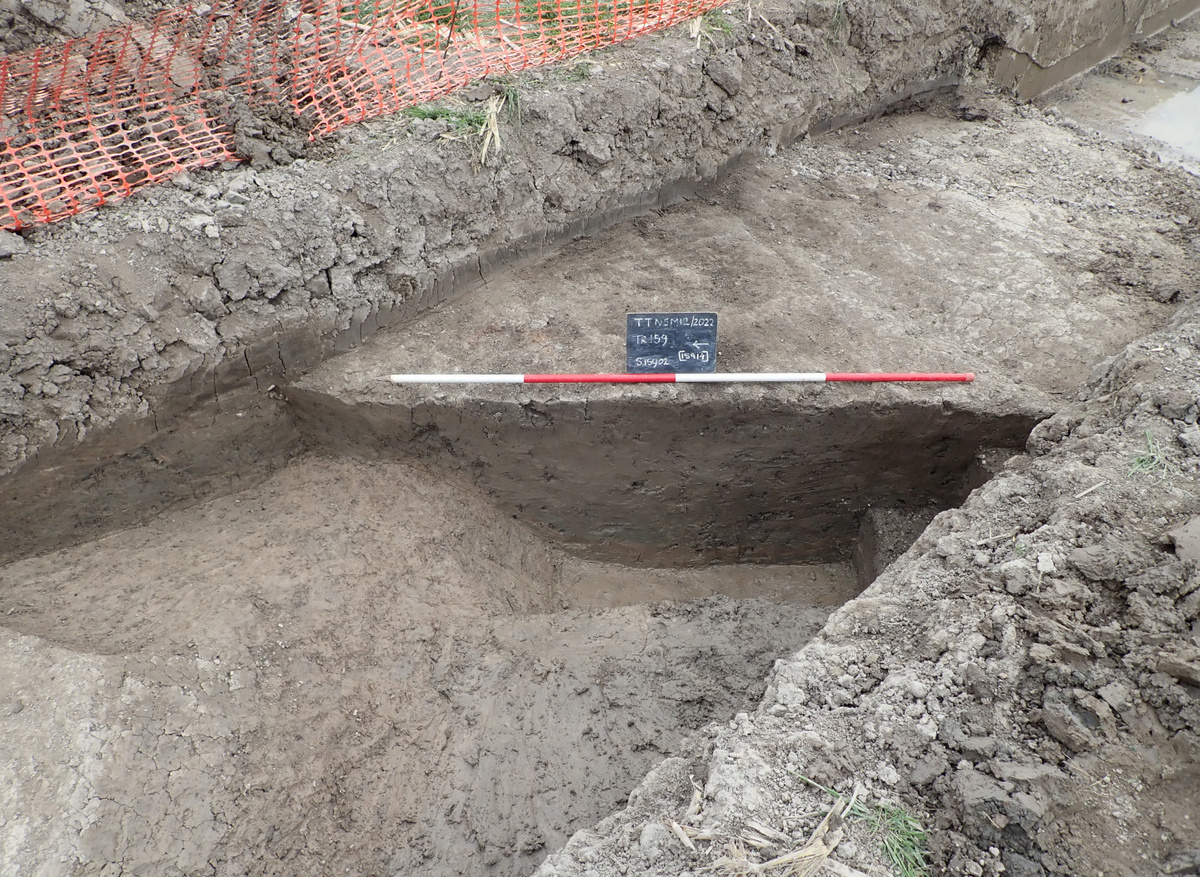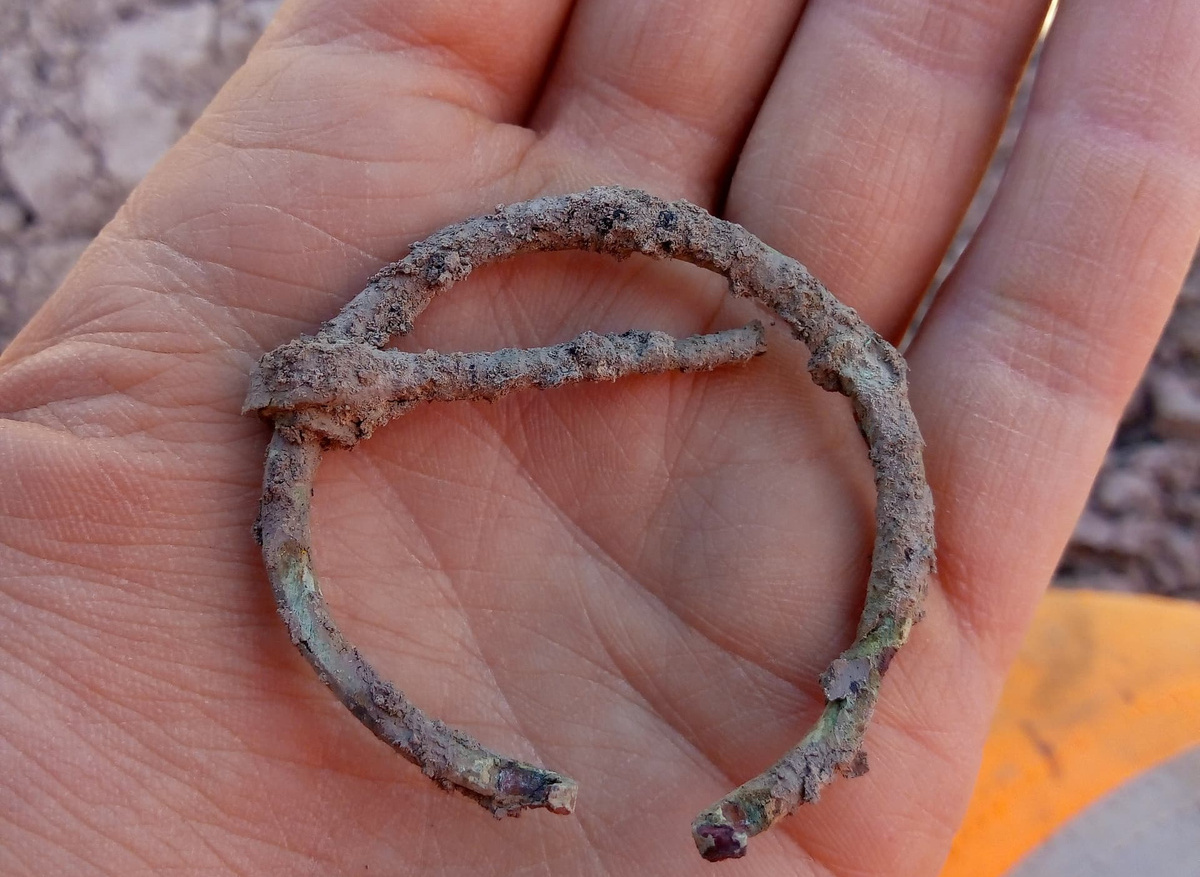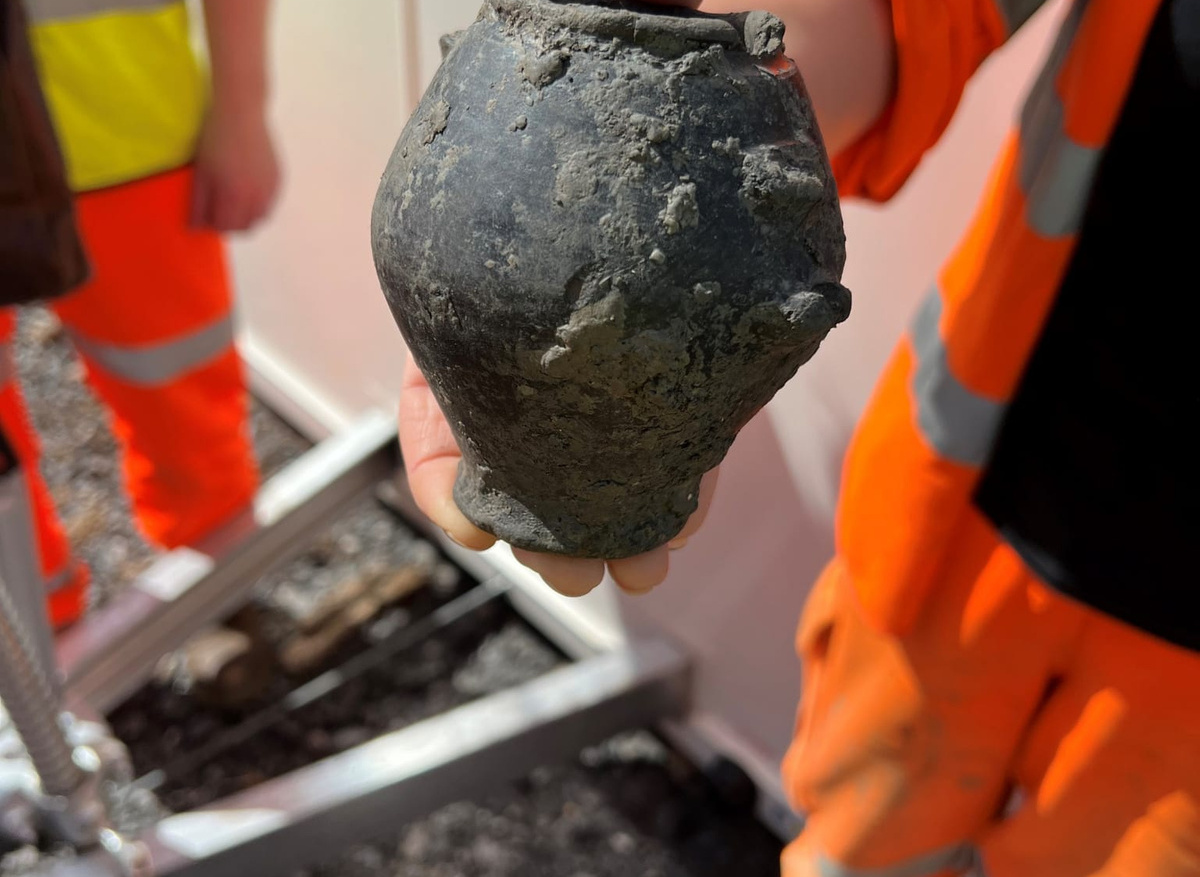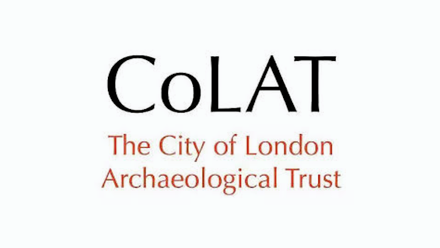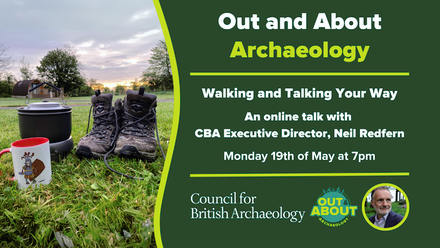The Bridgwater Tidal Barrier Scheme, Somerset
I’m an archaeologist working for the Environment Agency in the South West of England. I currently work on a range of major projects and it can be hard to pick one day in particular to encapsulate the work that I do. So instead, I want to focus on a single scheme to give a flavour of the kinds of work I am involved in at the Environment Agency: that project is the Bridgwater Tidal Barrier scheme.
It is being built at the moment and is currently one of the largest flood defence schemes in the country. When complete it will reduce the risk of flooding to over 13,000 residential homes and businesses in North Somerset while also protecting critical local infrastructure such as railway lines and major roads. As an archaeological advisor, I have been closely involved in the design of archaeological investigations along the length of the Bridgwater scheme and it is this role I will focus on in this blog. In particular, I have been focusing on the proposed locations of the flood defences downstream of Bridgwater itself, as well as the site of several large borrow pits. Borrow pits are areas where we excavate material to use in the construction of our flood defences; where we can find and excavate appropriate material locally this helps us to reduce our carbon footprint (the Environment Agency aims to be a carbon neutral organisation by 2030) and also to manage the costs of the scheme.
Part of my role in this scheme has been to understand the archaeological potential in the area of the borrow pits and help our designers to steer clear of areas of particularly high archaeological potential. Discussions with the Somerset County Archaeologist have been important in developing our understanding of the archaeology of the Bridgwater scheme and, following the completion of a substantial desk-based assessment, we agreed on a programme of archaeological evaluation involving geophysical survey and the excavation of trial trenches.
As an archaeological advisor to the Environment Agency, I don’t physically take part in these archaeological excavations, this work is conducted by our specialist archaeological contractors, in this instance Oxford Archaeology. Rather, I monitor them to ensure that work is proceeding in the correct manner, that archaeological risk to the project is being properly managed and that all opportunities for environmental enhancement (e.g. community engagement) are being realised. The geophysical survey, coupled with the DBA and discussions with the County Archaeologist pointed to several areas where there was demonstrable archaeological potential and this is where trial trenches were subsequently located. In some of these trial trenches across the site, our archaeologists have found evidence of Roman activity, including substantial quantities of pottery and a single brooch. In one particular borrow pit field, the archaeologists found a series of medieval pits, ditches and deposits all containing quantities of medieval pottery, animal bones and building material. These remains are thought to represent part of the lost village of Pignes, first recorded in 1086.
I am now involved in further discussions concerning the next phase of archaeological investigations, now we have located the areas of archaeological interest, and there will very likely be fuller excavation, hopefully including opportunities for public engagement.
Contact details
Greg Chuter
Environment Agency

